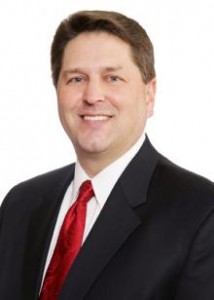
AWEA believes wind power development is stymied by an absence of long-term U.S. energy policies that would foster a more stable business environment. Utilities need that to support the industry more keenly and enter power purchase agreements.
There’s optimism in the air, though. Bob Crowell, Head of Development for OwnEnergy, is aware of the issues raised by AWEA but his outlook for the wind industry in the U.S. is positive.
“I believe there is a huge market for wind in the United States. So much depends on the recovery of the economy; if the economy recovers, renewable energy will continue to rebound, wind in particular because it is still the most affordable renewable energy. As demand for electricity picks up, that will increase the value of new wind power projectsâ€, he told Energy Refuge in a recent interview.
OwnEnergy develops community wind farm companies, which means smaller wind farms built in partnership with landowners. “The community model basically means we involve local partnersâ€, says Mr. Crowell, whose job is “to look after new developments and start relationships with local partners.â€
And what’s in it for potential OwnEnergy partners? “They have ownership share while we provide them with know-how they may not have. They may be successful entrepreneurs in their community but they may not have developed wind farms before so we help them through that processâ€, Mr. Crowell explained.
As to official support and incentive packages, Mr. Crowell has no doubt that “clear public policy is crucial. That’s how governments encourage businesses to behave the way they do from a strategic perspective. If the government wants people to get married, they give them a tax break to get married; if the government wants people to build wind power, they give them a tax break to build wind power. You need predictable policies that allow manufacturers to know there will be a steady market and be willing to build the infrastructure necessaryâ€, he said.
Despite producing renewable energy, the wind power industry sometimes meets opposition from those who consider turbines an eyesore. There are also concerns about bird collisions against the structures, which in the U.S. kills between 100,000 and 400,000 birds per year. What can the industry do about that? “Not all the public believes that wind is an eyesore, but the vocal public seems to think there are visual issues with windâ€, Mr. Crowell said.
He added that previous studies have shown that people living near wind farms thought they were great. As to wildlife, he defends the wind industry saying its impact relative to fossil fuel is very low and says the spotlight put on wind on this issue is unfair. “The wind industry has been very pro-active in trying to learn from past mistakes. We are very open in our development processâ€, he said.





